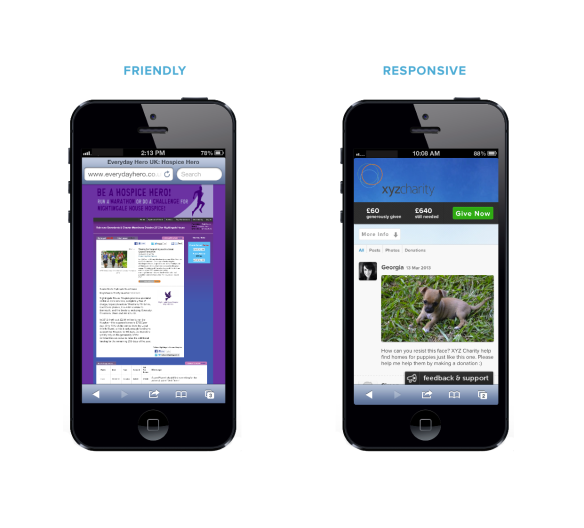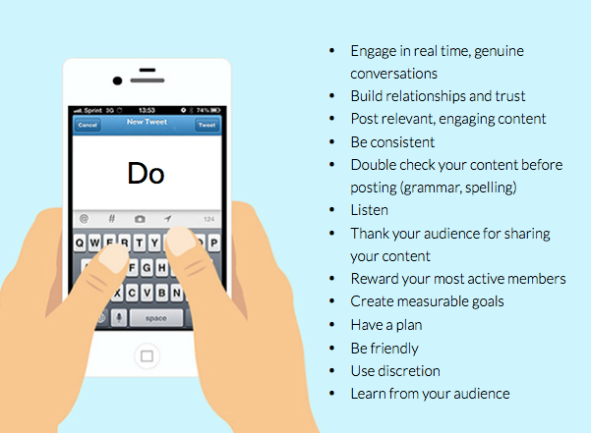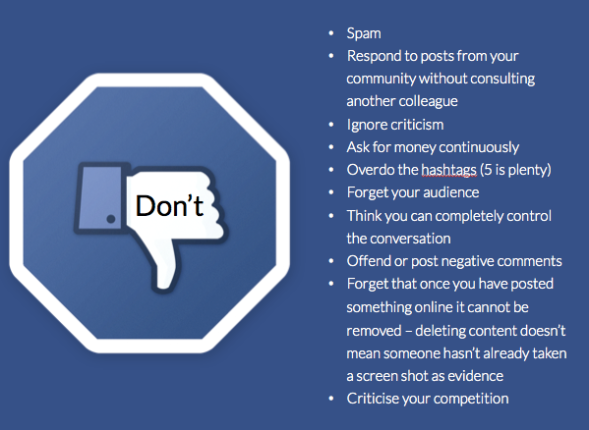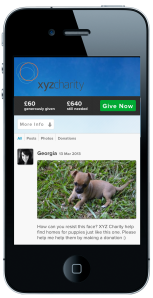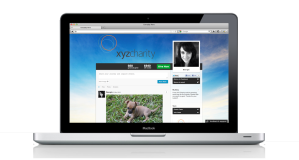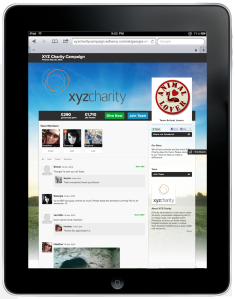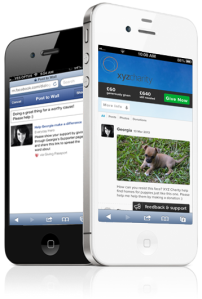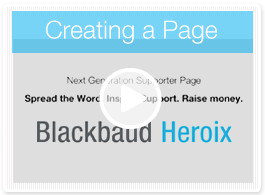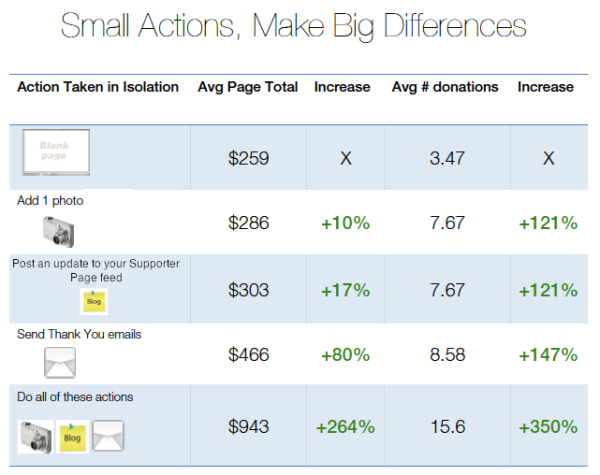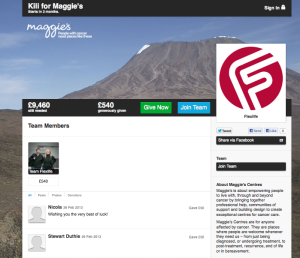By the end of this year it is predicted that more than 1 billion people worldwide will use mobile devices as their primary method to access the Internet[1]. With the use of smartphones and tablets rapidly becoming more prevalent, the online world is shifting away from people’s desks and into their pockets, changing the way they interact and behave online.
As screen real estate gets smaller, those accessing the internet using mobile devices expect responsive, easy-to-use functionality at their fingertips, forcing not-for-profits of all sizes to re-evaluate their online strategy and seek out ways to become more mobile than ever before.
Online fundraising is on the move.
Let’s think about your Supporters for a minute. Every day they are on the move, doing everything from email, to banking to grocery shopping on their phone or tablet, so it’s no big surprise that they also want to raise money and give to your cause whilst using these devices too. In the first half of 2013 alone, 43% of traffic to Everyday Hero Supporter Pages and 30% of donations are coming from mobile devices[2], so if you’re not mobile, chances are, you’re missing out.
The reality is that your Supporters love you. That’s why they give so many things to your cause – their time, their voice, and access to their wider networks just to name a few. But to enable them to do all of this; to put themselves out there and ask their friends and family for money, it’s up to you, their charity, to give them the tools. For them to love you, you have to love them back, understand their needs and realise that clunky, unresponsive fundraising pages are actually making their job harder, not easier.
Your Supporters want more. They expect more. And they don’t want to have to pinch, scroll and zoom to do what they want to do for your cause. And if they have to, then they may not do it all. They know that ‘mobile friendly’ is not ‘mobile responsive’ when it comes to their Supporter Page or your donation form, and they need you to understand that the differences are fundamental; not only to their success, but to that of your campaign as well.
So what’s the difference and why does it matter?
Simply put, ‘mobile responsive’ design is a layout that will automatically adapts to different screen sizes. This means that whether you view a webpage on your iPhone, tablet or desktop computer, the design of the page will rearrange itself to suit the device you are using and makes viewing and interacting with the page easy and seamless.
In the not-for-profit sector, many online fundraising providers in particular, claim to be ‘mobile’ but it’s important to avoid simply accepting these claims on face value. There is a difference between ‘mobile friendly’ and ‘mobile responsive’ and it is vast and significant.
The days where ‘mobile friendly’ design (when a page displays accurately across multiple devices but do not resize or rearrange to accommodate those devices) are over. Your Supporters are smarter and more technologically savvy than ever before, and if you think they won’t notice that you don’t know the difference, they will, because they do.
Mobile friendly vs Mobile Responsive
This difference is immediately obvious when you compare our classic ‘mobile friendly’ fundraising page with our recently released ‘mobile responsive’ Next Generation Supporter Page.
The Next Generation Page (right) is not only better looking on a mobile device, but it’s also clever enough to adapt its design across devices and operating systems to make the giving (and fundraising) experience fun and engaging. The important elements like your ‘Give Now’ button and Page total move into a central position on the Always-in-View Give Bar, and the Page activity feed resizes to make it easy to read and interact with.
Compared to the classic ‘Mobile friendly’ page (left) – which requires zooming and scrolling to complete desired actions – the responsiveness of our Next Gen Page highlights the obvious distinction between the two, and the important role that mobile responsive fundraising technology plays in the minds, palms and pockets of your Supporters.
But don’t I need an app for that?
The great thing about mobile responsiveness is that it is a lot more cost effective and easier to implement than a native mobile app. Unlike an app you would download through the iTunes or Google Play store, mobile responsive pages are accessible by simply visiting a link in your device’s web browser, can be updated instantly without the need for Apple or Google approval, and don’t need to be built specifically for an operating system like Apple IOS or Android.
Sure apps are great for specific purposes, but the reality for many not-for-profits is that they are expensive, and require continual maintenance to keep them up to date. So in actual fact, you don’t need an app to be mobile, because mobile responsive Supporter pages and donation forms are just as effective and ultimately easier for your Supporters to access as there is no need to download an app to begin.
If you’re not mobile, you’re not anywhere
With all of this in mind, it’s becoming increasingly more obvious that the key to successful multichannel not-for-profit campaigns is mobile responsive technology. Fundraising is on the move, so why miss the opportunity to put it in your Supporter’s pockets and help them do what they do for your cause anywhere, any time and on any device.
The revolution is here, so if you’re not mobile, you’re not anywhere.
About Everyday Hero
Everyday Hero is a leading provider of online fundraising software and services and the only completely mobile fundraising platform in New Zealand. Since 2007 more than $130 million has been raised through Everyday Hero by over 1700 charities worldwide. Learn more about how Everyday Hero can help you become fully mobile responsive by visiting fundraisingisonthemove.com.

